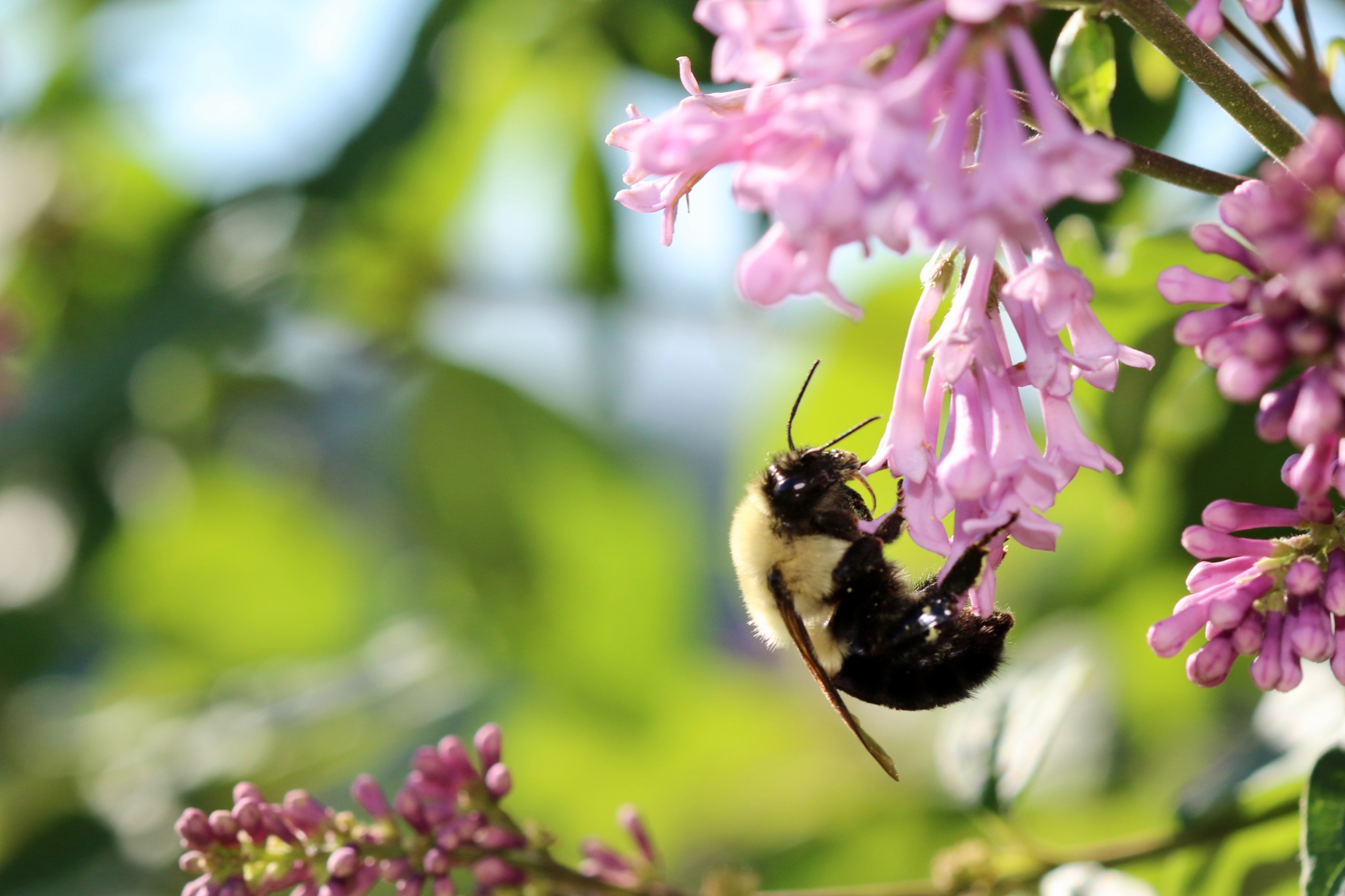
Why we should save the bees, especially the wild bees who need our help most
Protecting pollinator habitat and cutting back on the use of bee-killing pesticides can help save bees of all stripes.
Can you imagine a world filled with more wildlife and wild places? So can we. And we’re working together to make it happen.
Every minute, we’re losing two football fields worth of wild lands, and too many animal species face extinction. It’s up to us to turn things around. We imagine an America with more mountaintops where all we see is forests below, with more rivers that flow wild and free, more shoreline where all we hear are waves. An America with abundant wildlife, from butterflies and bees floating lazily in your backyard, to the howl of a coyote in the distance, to the breach of a whale just visible from the shore. Together, we can work toward this better future.
Protecting pollinator habitat and cutting back on the use of bee-killing pesticides can help save bees of all stripes.
It makes me feel good to know that I'm contributing something, and I hope it's helping the organization in it's important work.Ken Ford, Member, PennEnvironment
Bank of America is walking back its commitment to not finance oil and gas drilling in the Arctic National Wildlife Refuge, putting this fragile ecosystem at risk.
The power of wildlife photographers lies in their ability to speak to our hearts. They help show why animals and their natural habitats are worth admiring and, by extension, saving.
Funding for state wildlife agencies can help save America’s wildlife. More than 12,000 species are in need of conservation assistance.
To save the bees, you should avoid toxic bee-killing pesticides called neonicotinoids. Use our guide to identify which pesticides contain neonicotinoids.
In a bit of good news, a federal pesticide tracking program, set to expire, has been restored.
